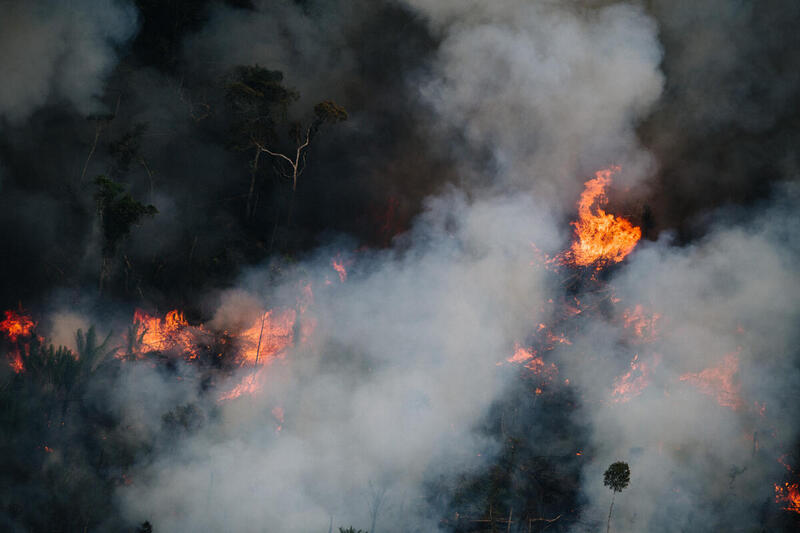Brazil is looking at an open window of opportunity for adopting practices that are instrumental for strengthening public policy in the Amazon.
Public policies can and should be monitored and evaluated. After all, every policy or program is the outcome of a process that entails several decisions along the way. When decision-making is based on robust information, we say that it is evidence-based. (Some of the alternatives are decisions based on intuition, personal convictions, ideologies, hunches…)
Evidence is therefore a critical input for decision-making in the public sphere. Drawing on evidence, policies can become more effective and more cost-effective, they can be better targeted at a specific audience and have more limited undesired indirect impacts… in short, evidence can guide both the design and the redesign of public policies.
Evidence is therefore a critical input for decision-making in the public sphere. Drawing on evidence, policies can become more effective and more cost-effective, they can be better targeted at a specific audience and have more limited undesired indirect impacts.
Clarissa Gandour and Amanda Schutze
But where does the evidence come from? This is where monitoring and evaluation (M&E) systems come in. Monitoring involves the selection, construction, and production of appropriate indicators to track the various stages of policy design and implementation. Evaluation is the process by which the policy is tested to answer questions about its progress, outcomes, impacts, and costs. Together, M&E generate information.
When performed in a technically robust manner — and it’s worth noting that M&E systems have been studied for decades from both theoretical and applied perspectives — monitoring and evaluation are critical tools to strengthen evidence-based policy planning, implementation, and management.
It is important to stress that M&E should not be seen as an “appendix” to the decision-making process in the public sphere, but rather as an integral part of the public policy cycle. During the early stages of identifying the problem and designing the policy, policymakers should develop the necessary indicators for monitoring the intervention and find out if evidence already exists to support it. During policy implementation, frequent monitoring of indicators can reveal whether the program’s milestones are being met or whether any relevant obstacles have come up. Evaluations can investigate if expected results have been achieved, if there have been indirect impacts, and if the benefits generated by the policy outweigh its costs. Combined, this set of information constitutes a critical input to decide whether the policy should be redesigned, expanded, or discontinued.
To be fair, M&E efforts already exist in the Brazilian Amazon. PRODES, for example, is a system that provides essential indicators for monitoring key policies for the region. The Amazon Fund uses a monitoring and evaluation framework to assess and enhance its impact. Yet, broadening and deepening the practice of M&E in the Amazon remains necessary. This applies to policies regarding conservation, education, health, electricity access, climate finance… it applies to every policy.
Why talk about this now? Because the Brazilian Amazon needs evidence-based public policies. Because this evidence needs to be generated using robust methods. Because Brazil still finds itself at the beginning of a new political cycle and this offers a window of opportunity for internalizing, systematizing, and institutionalizing the culture and practice of M&E in public policy.
The opinions expressed in this article are the writer’s own.



